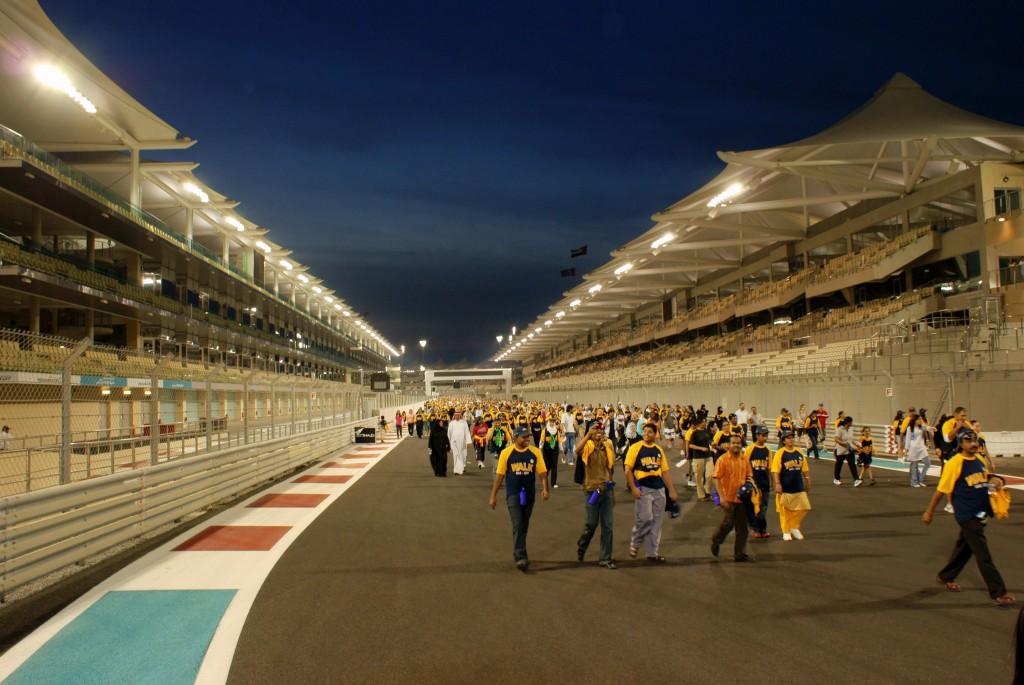
We analyse the current and future F1 calendar, including the long-term prospects for all races.
The 2013 F1 season stretches to nineteen races and includes destinations on all corners of the globe. From the opening race on 17th March in Melbourne, Australia to the final stop just over eight months later on 24th November in Sao Paulo, Brazil, the Formula 1 calendar is still very much shaped by Bernie Ecclestone, the ageing impresario who continues to wield exceptional power over the sport.
As the global TV audience for F1 has risen in recent decades and the amount of money to be made from the series has climbed, the calendar has evolved from a European-centric schedule to one which now embraces races in many emerging markets in Asia and the Middle East. As long as promoters (largely governments) in new markets are willing to invest in the construction of new circuits and then pay a further $30-40m USD per annum for the privilege of holding a race, Ecclestone is sure to provide a receptive audience, often at the expense of existing race organizers with shallower pockets.
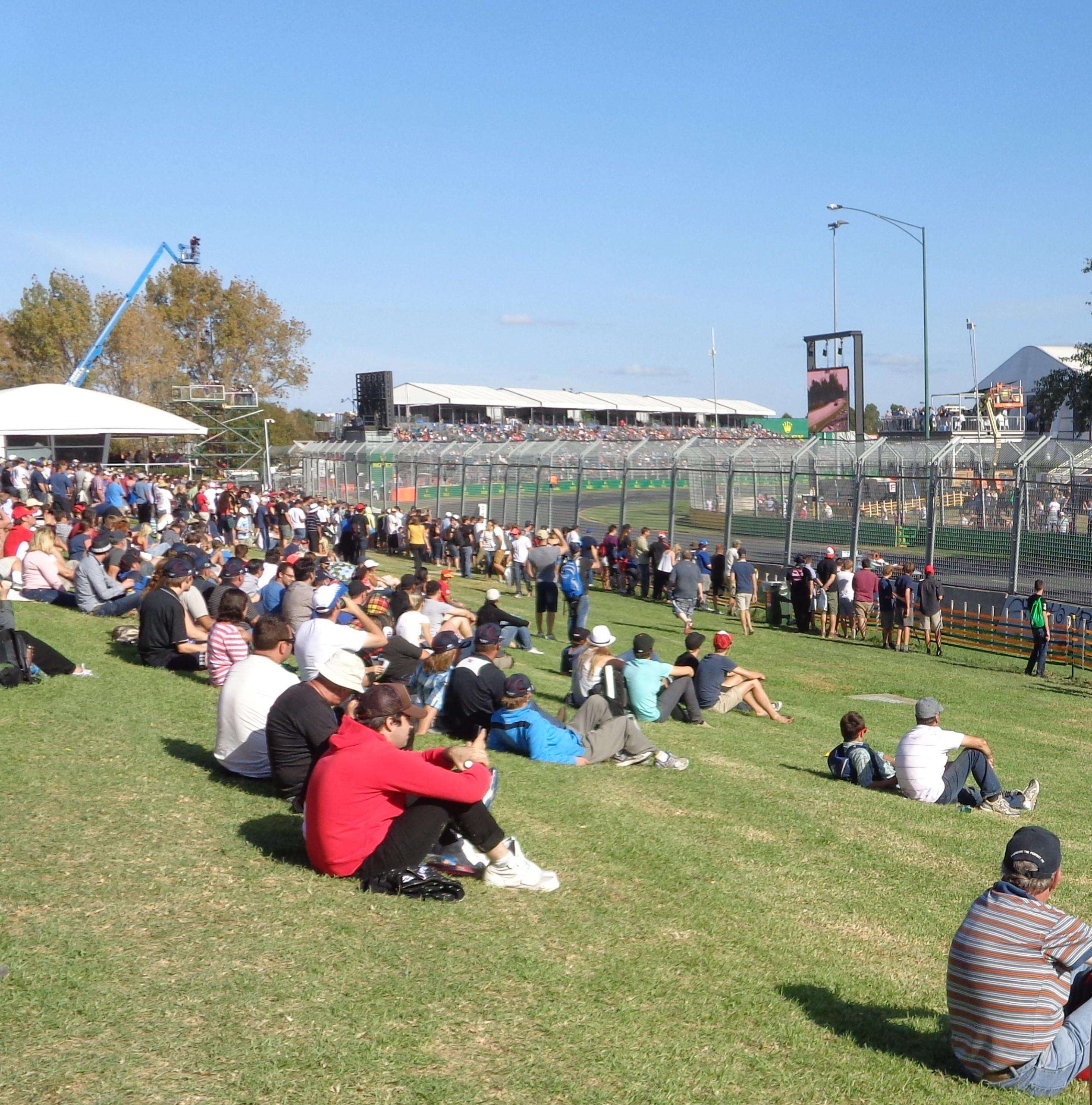
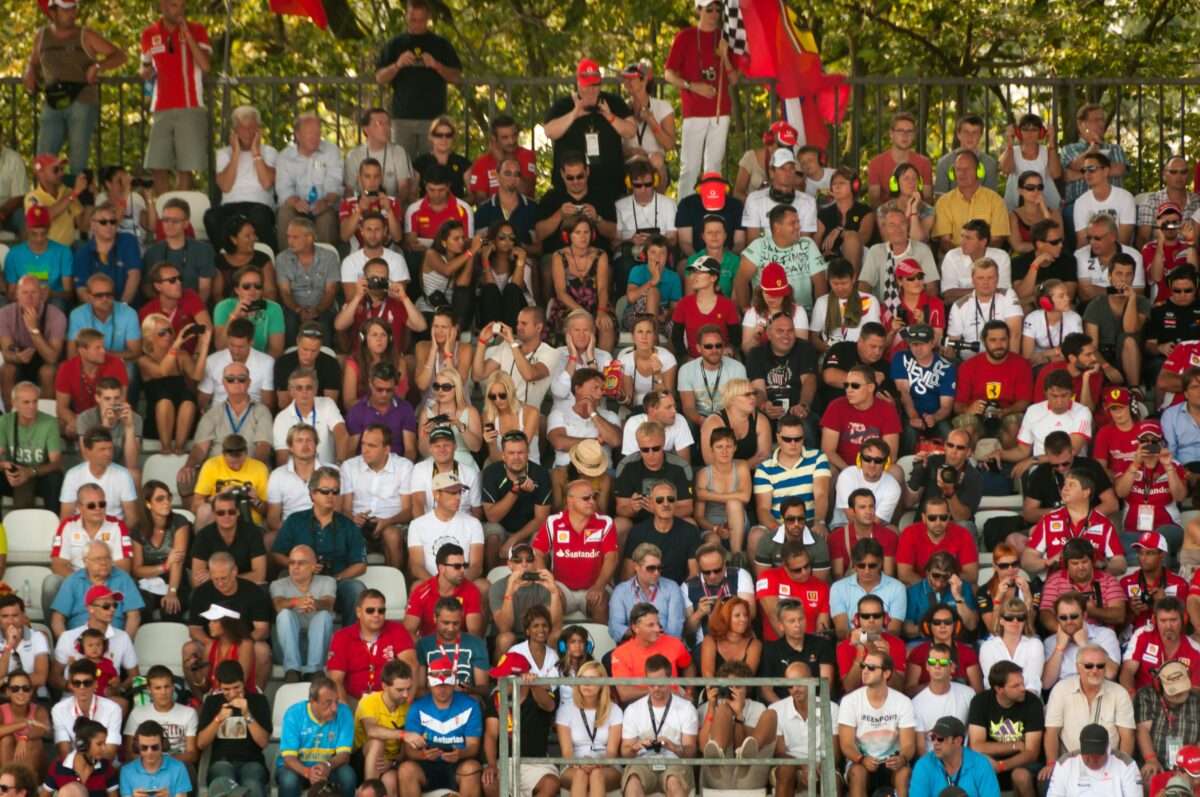
More than 20 races for 2014 and beyond?
What changes can we expect in the near future? Next year will see the debut of two new races (Sochi in Russia and a second North American race outside New York) and the return of the Austrian race last held in 2003. Whilst the Sochi and New York races have been contracted for some time, the F1 community was surprised this week to hear that Ecclestone has signed a new seven year deal with Red Bull owner Dietrich Mateschitz which will see the track now known as the Red Bull Ring return for the 2014 season. Should the currently contracted races all feature on the 2014 calendar, the season will expand from nineteen to twenty two rounds. In the past, Ecclestone stated he would like to see as many as twenty five races on the calendar, whilst this week comments attributed to the F1 boss have him capping the maximum number of races in a season to twenty, a number that the teams are also keen to not exceed. All will become clear in a few months when the provisional calendar for 2014 is realeased.
F1’s classic circuits
Purists of the sport bemoan the loss of ‘classic’ F1 races, yet the current calendar still includes a good selection of races which most fans would consider essential if F1 is to remain a compelling spectacle. With a possible floatation of F1 on the share market in the near future, Ecclestone has moved in recent years to sign new long term contracts with the key circuits on the current calendar. The majority of the remaining ‘classic’ races are in Europe, the original heartland of F1 motor racing. Historic tracks in Europe which remain on the current calendar include Hockenheimring and Nurburgring in Germany, Silverstone in the UK, the iconic Monaco street circuit, Spa-Francorchamps in Belgium and Monza in Italy.
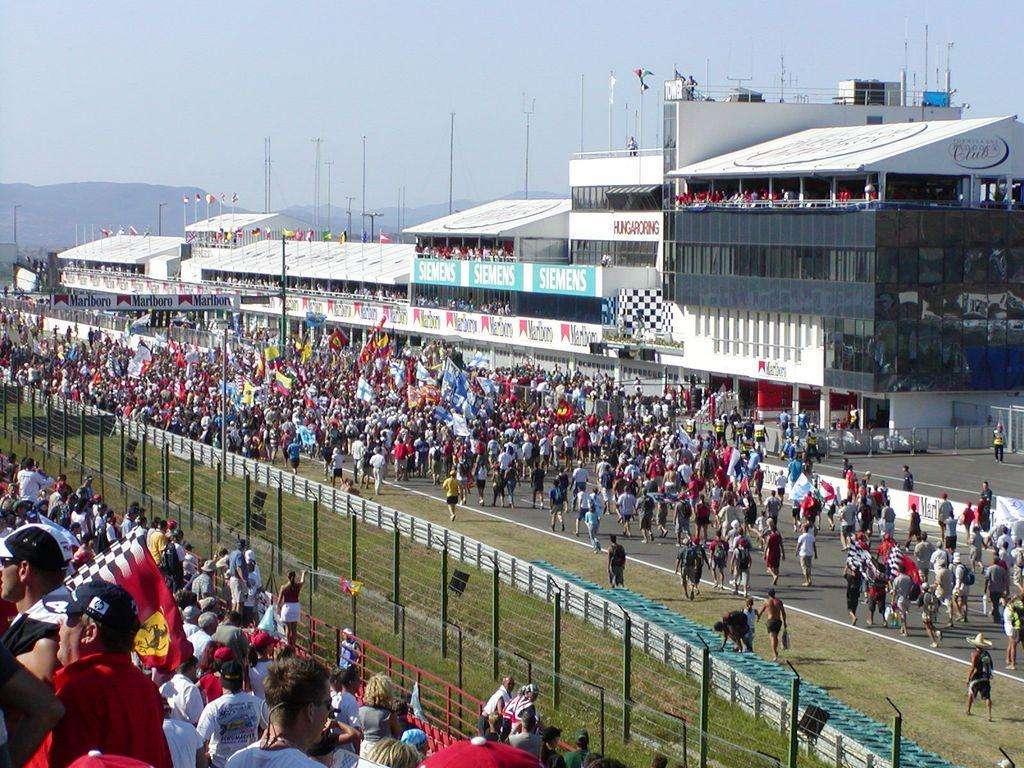
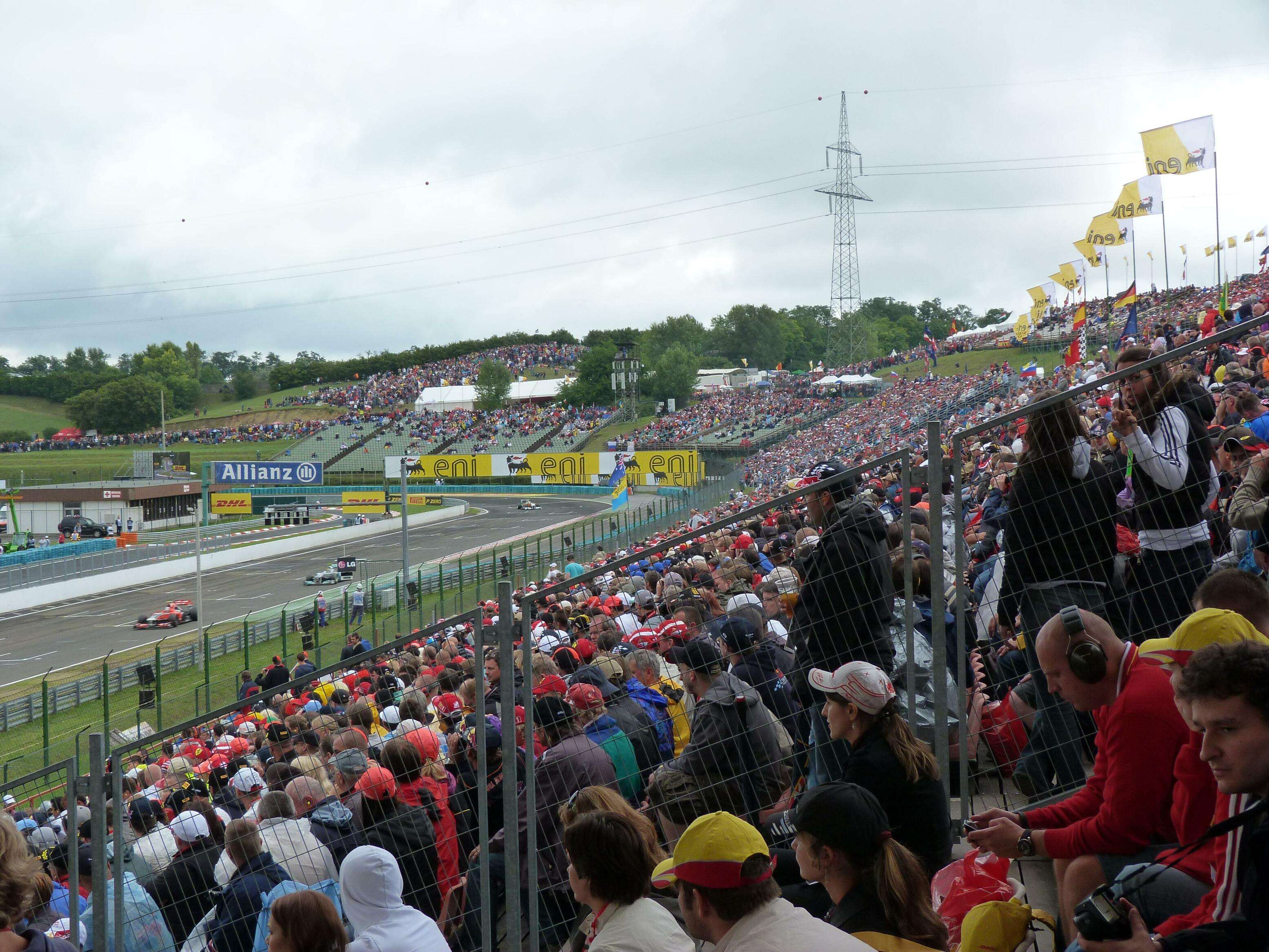
Traditional European summer season
Other regular fixtures in Europe include the Catalunya circuit outside Barcelona in Spain and the only race held inside the old Iron Curtain, the Hungaroring in Budapest, Hungary. The sport has sadly lost some famous races in recent years including Imola (San Marino) which was last on the calendar in 2006 and France, which has not held a race since 2009. Formula One’s Turkish experiment failed and the poorly attended race which was staged outside Istanbul for seven years (2005-2011) is unlikely to return in the near future. The sharing of national races between two venues (as in Germany now and proposed for Spain) is likely to be a greater feature of future seasons and may help more historic circuits to remain a part of Formula One.
Along with the traditional European summer racing season (currently seven races or around one third of the calendar), there is now a strong Asian influence to the calendar (six races) and an emerging presence in the Middle East (two races).
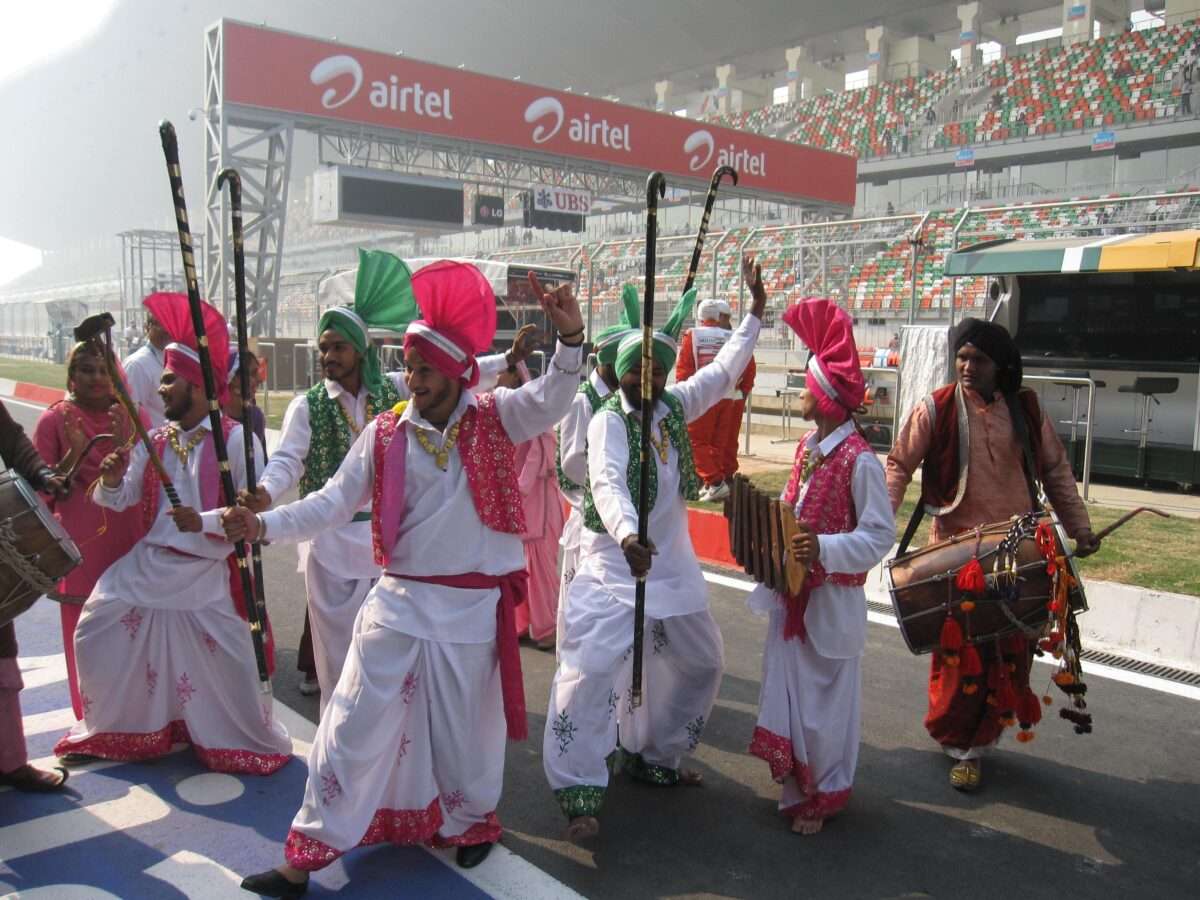
New Asian & Middle-Eastern focus
Apart from Japan, which has been a calendar stalwart since the 1980s, most of the Asian races are relatively new additions. The Malaysian race outside Kuala Lumpur was first run in 2000 and was followed by China (2004), a popular night race around the streets of Singapore (2008) and more recently South Korea (2010) and India (2011). Whilst Singapore has been a notable success and China is likely to remain a fixture due to the importance of the vast local market, it remains to be seen whether the races in other new markets such as South Korea and India will be around for the long-term.
F1 now makes two stops each year in the Middle East. Whilst Bahrain first joined the calendar in 2004, local unrest saw the race cancelled in 2011 and whilst it has returned, ongoing protests and political unrest have made it a questionable long-term proposition. In contrast, the Abu Dhabi race at the impressive Yas Marina complex was introduced in 2009 and has proved a very popular addition to the calendar.
Calendar stalwarts
Other calendar regulars include the traditional season opener in Melbourne, Australia and the season finale in Sao Paolo, Brazil, a race renowned for producing unpredictable results. The popular and successful Canadian race in Montreal has been a calendar fixture since 1988 and is set to stay for many years to come after the organisers recently signed a ten-year contract extension. F1 has a chequered history stateside, but the early signs are that the new race in Austin, Texas is going to help improve the sport’s awareness (and money making potential) in the USA, and it is set to be joined by a second North American race outside New York from 2014.
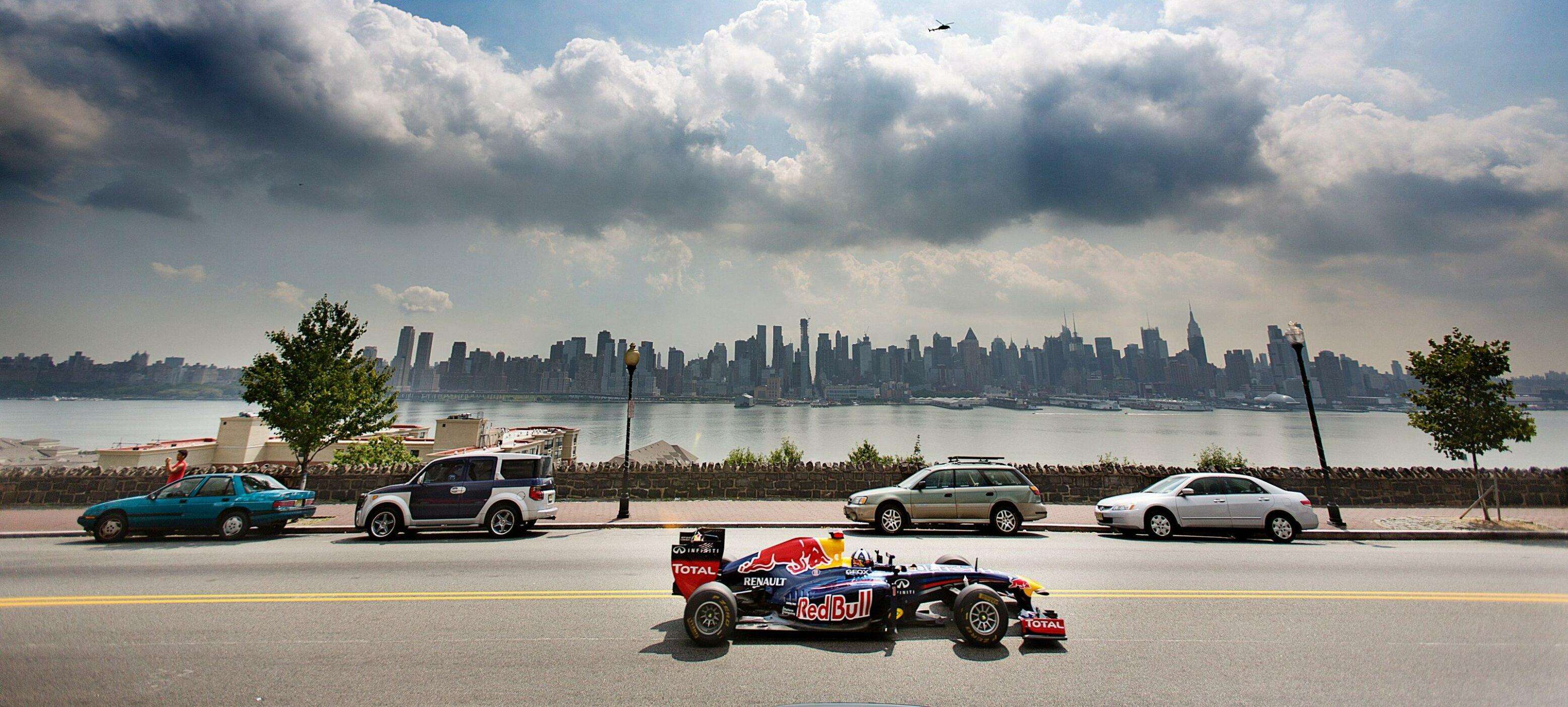
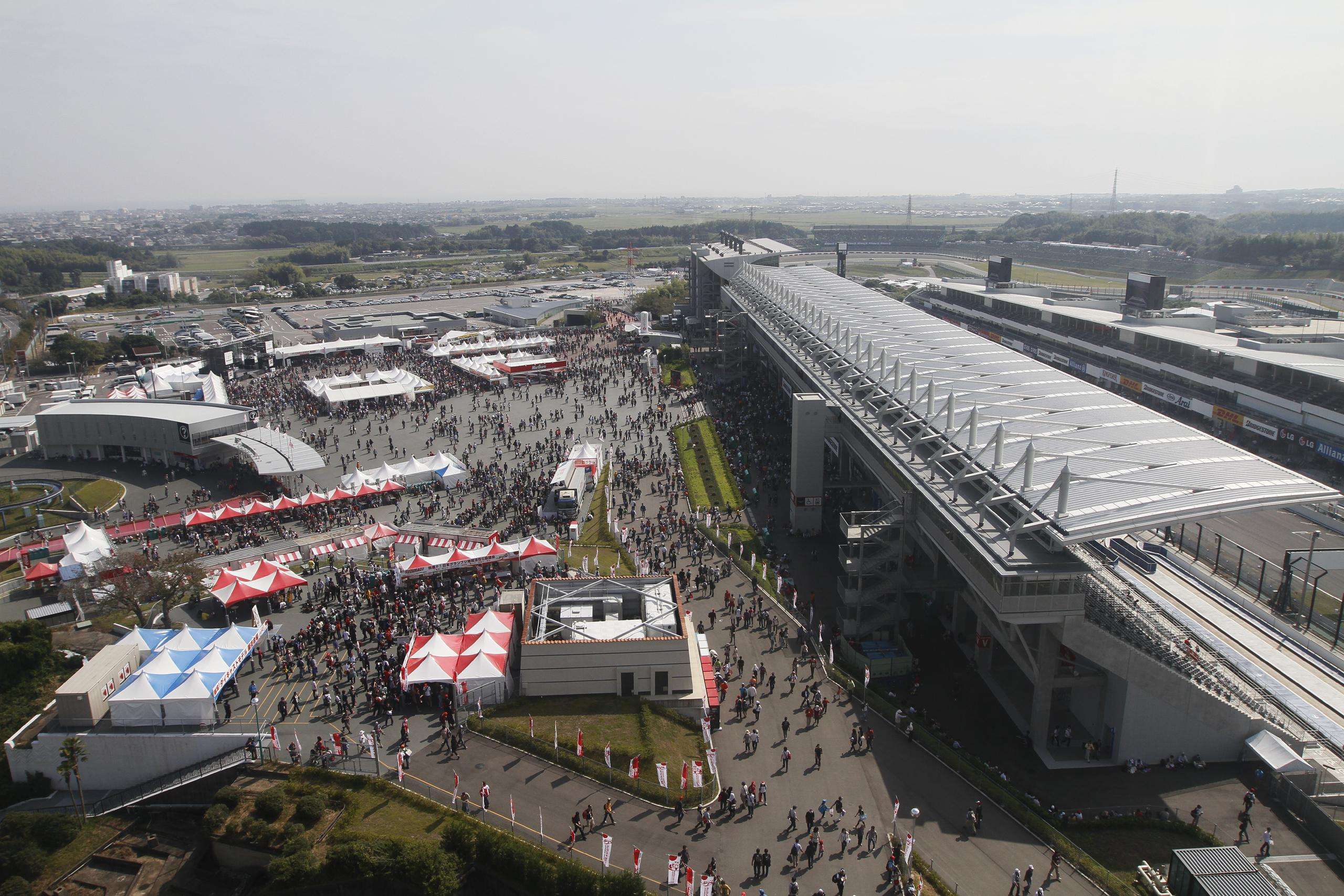
New additions?
After years of negotiations, Russia is to finally join the calendar in 2014 with a brand new circuit in the winter capital of Sochi. The track, currently under construction, is integrated with some of the facilities for the Winter Olympics, which are to be held in early 2014.
Mooted future destinations include a third race in the USA, at Long Beach, new races in Thailand and Azerbaijan and a possible return to both Mexico and South Africa, where races were last held in the early 1990s.
The provisional calendar for the next F1 season is announced around six months before the start of the season in March (expect an announcement on the 2014 season schedule in September 2013). However, it is not ratified by the sport’s governing body until later in the year after the end of the current season (in November or December) and whilst it is unusual for the calendar to be drastically changed from its provisional status, last minute alterations do happen.
Please see below a comprehensive list of all current and planned future F1 destinations

Albert Park, Australian Grand Prix
- Type of track: Temporary street circuit
- First race: 1996
- End of current F1 contract: 2015
- Long-term prospects: Australia has a good reputation and looks set to stay on the calendar after the end of the current contract. There is talk of bringing back the race in Adelaide in the future, perhaps on a rotating basis with Melbourne (much like the races in Germany are now run). Such a move would be hugely popular from a fan’s perspective, but it is too early to say whether there is economic and political will to make it happen.
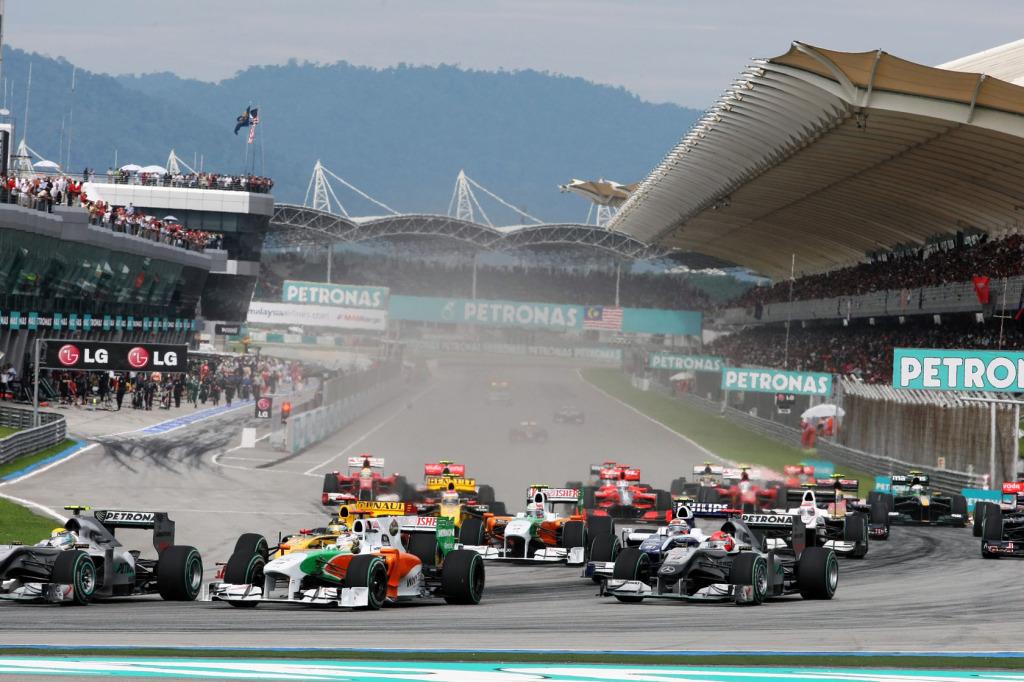
Sepang, Malaysian Grand Prix
- Type of track: Permanent
- First race: 2000
- End of current F1 contract: 2015
- Long-term prospects: The Malaysian government, which bankrolls the race, said earlier in 2013 that it is considering its options regarding an extension of the race beyond 2015, but acknowledges the positive impact the race continues to have on the country. Meanwhile, Bernie Ecclestone has indicated his desire for the race to continue, with the caveat that the organizers complete the ongoing refurbishment of the track.
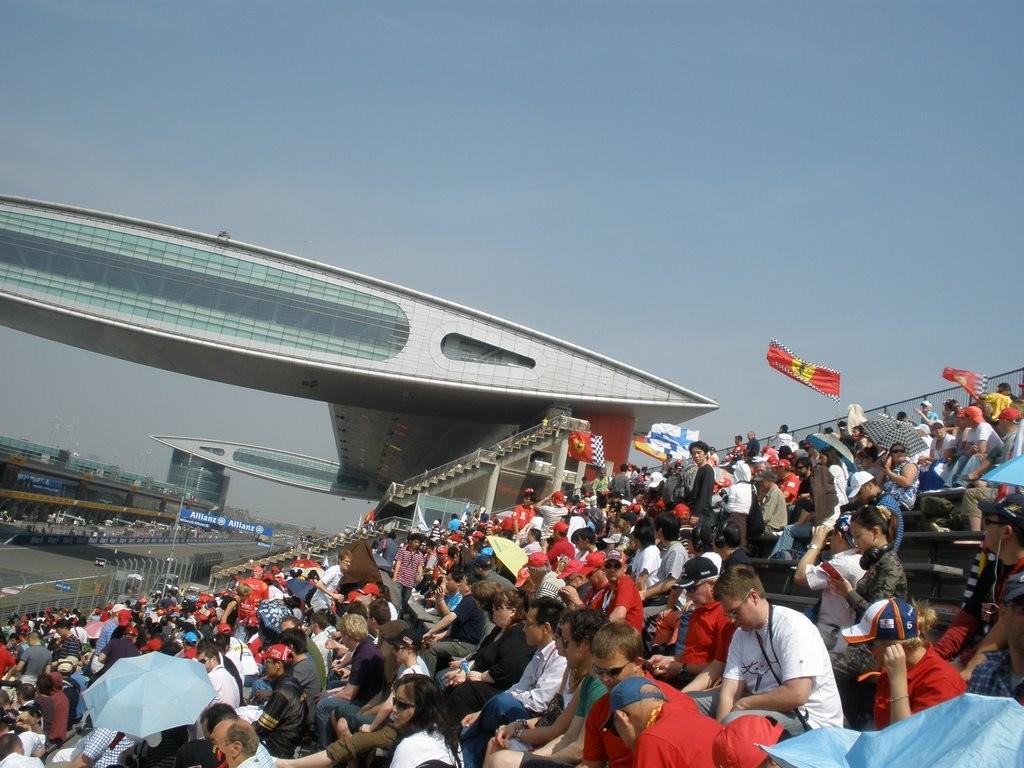
Shanghai, Chinese Grand Prix
- Type of track: Permanent
- First race: 2004
- End of current F1 contract: 2017
- Long-term prospects: Despite being a state of the art circuit, the Shanghai race does not draw large numbers of spectators for a number of reasons. A move to a different circuit in the future is possible. Efforts to increase awareness of the race and get more locals to attend are required. Nevertheless, China is a large and important market with a lot of growth potential for F1, and a Chinese presence on the calendar can be expected for a long time post 2017.
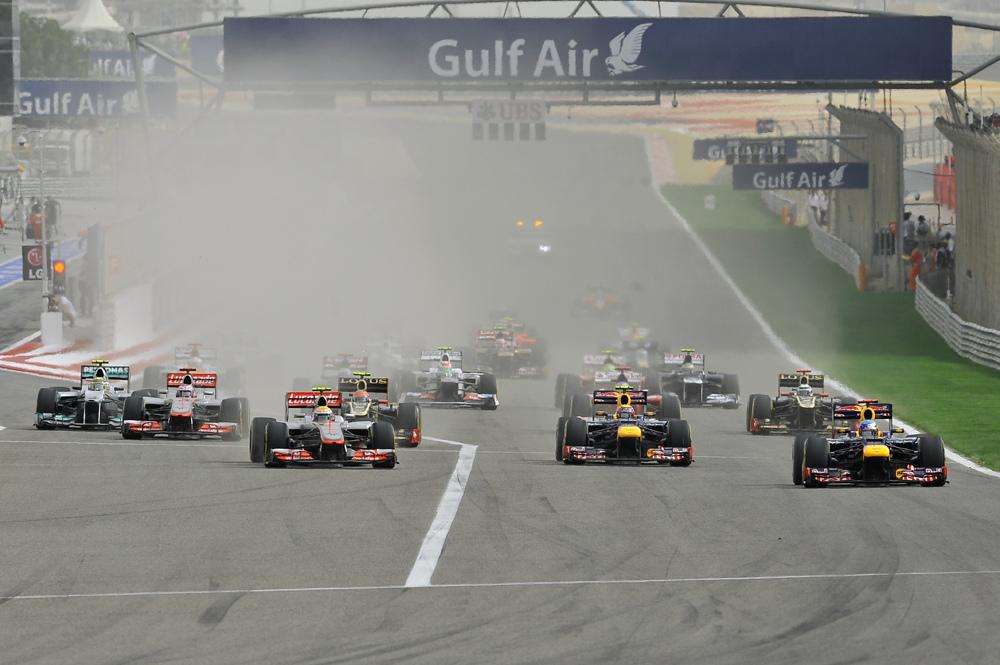
Sakhir, Bahrain Grand Prix
- Type of track: Permanent
- First race: 2004
- End of current F1 contract: 2016
- Long-term prospects: Local unrest saw the race cancelled in 2011, and protests have marred the most recent races since the cancellation. Attendances are also poor. Despite this, Ecclestone is said to be keen to extend the future of the Bahrain race post-2016, and a decision on contract negotiations is expected before the end of 2013. Race organizers are considering running the race under lights in the near future and are also keen to regain their position as the season-opener which they held in 2006 and 2010, but it would be fair to say that the long-term future and success of the race is very much dependent on political unrest subsiding in the country.
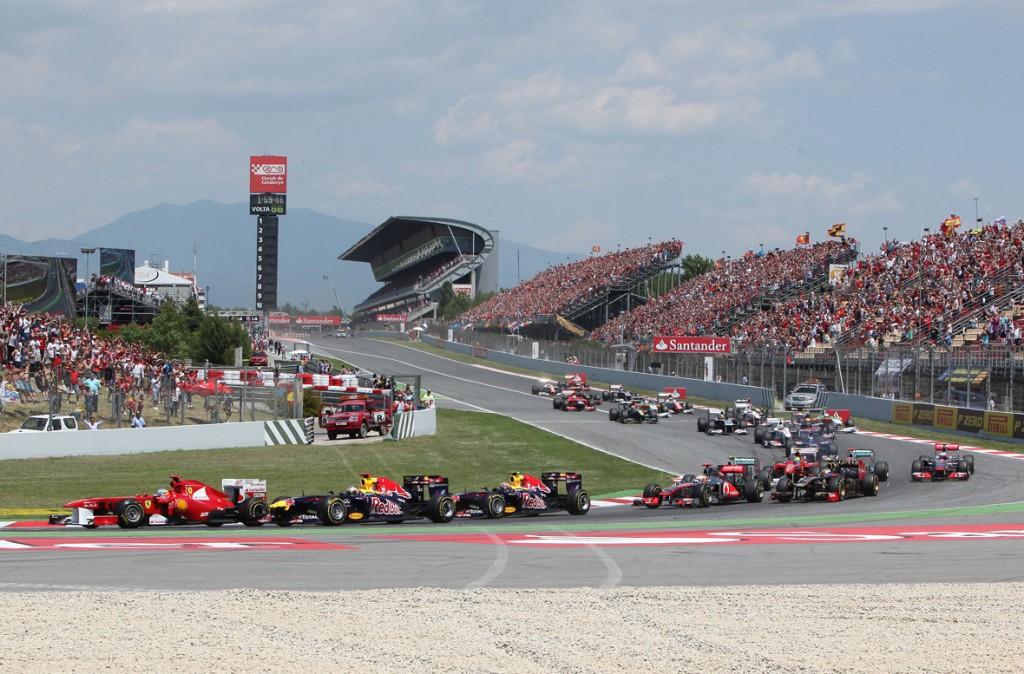
Circuit de Catalunya, Spanish Grand Prix
- Type of track: Permanent
- First race: 1991
- End of current F1 contract: 2016
- Long-term prospects: The Spanish GP has made its home in Barcelona since 1991 and was joined in 2008 by a street race in Valencia which capitalized on the booming economy and huge interest in local hero Fernando Alonso. The Valencia race, known as the European Grand Prix, was last staged in 2012. It has been widely reported that a sharing deal was agreed between the two circuits to alternate holding the race up to 2019. However, the organizers of the Barcelona race have recently indicated that they are already planning to hold the next race in 2014. The perilous finances of the local government, as well as rumours of the deteriorating condition of track facilities mean that Valencia is unlikely to host a Spanish Grand Prix any time soon.
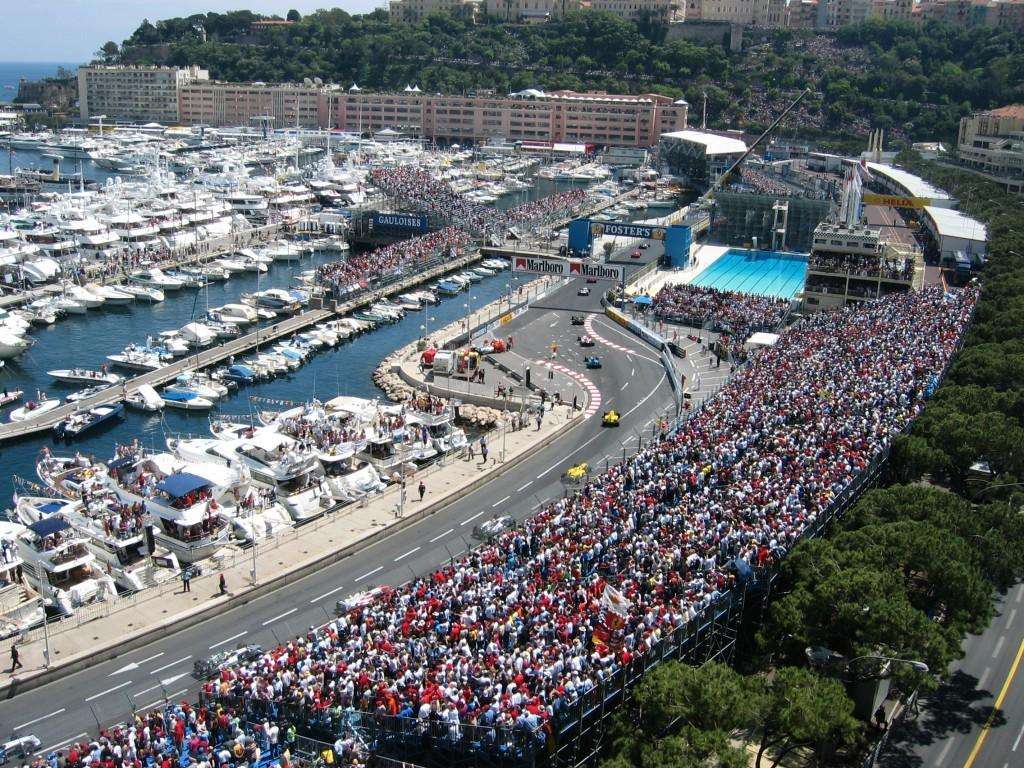
Circuit de Monaco, Monaco Grand Prix
- Type of track: Temporary street circuit
- First race: 1929
- End of current F1 contract: 2020
- Long-term prospects: Excellent. Despite the limitations of the circuit, Monaco’s place on the F1 calendar seems assured and a new 10-year deal to run the race was inked in 2010. Monaco is unique among circuits in not having to pay a fee to host the race, and its history and unique nature make it a favourite destination for fans and the F1 community.
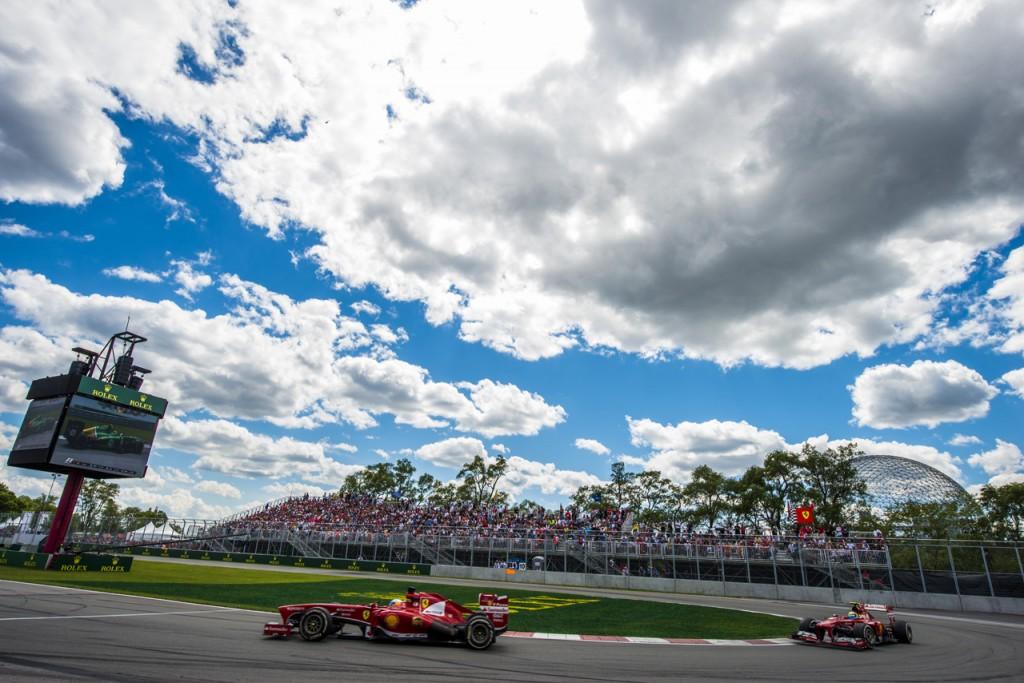
Circuit Gilles Villeneuve, Canadian Grand Prix
- Type of track: Temporary street circuit
- First race: 1978
- End of current F1 contract: 2014
- Long-term prospects: Excellent. The Canadian race is popular and successful. The organizers are currently negotiating a ten-year extension to the existing contract which will see the race held in Montreal until at least 2024. Signing of the new contract is expected later in 2013.
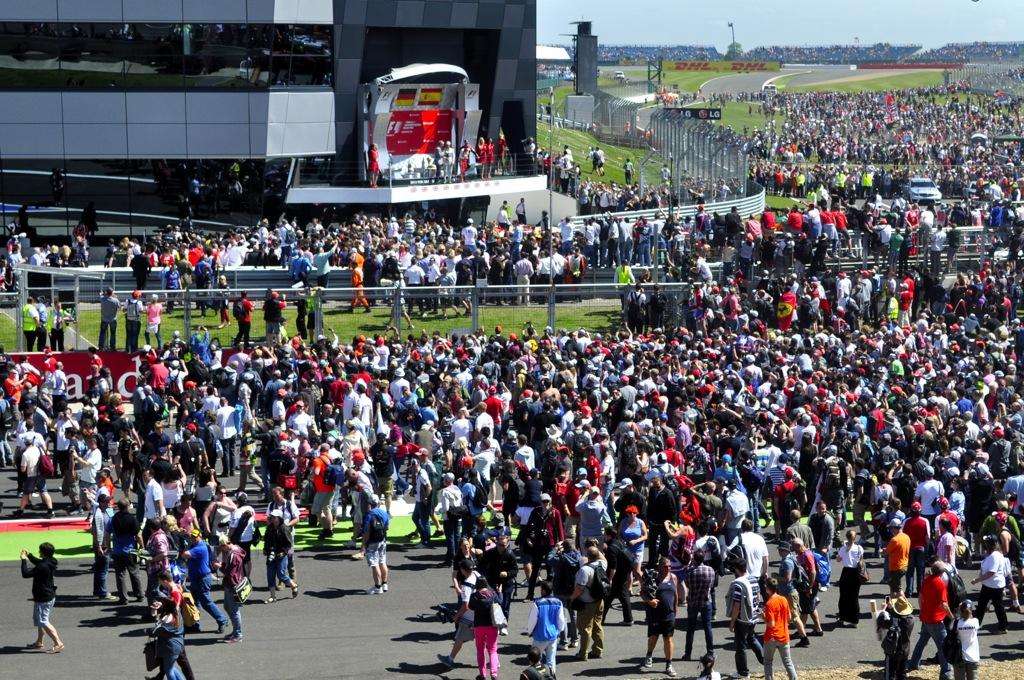
Silverstone, British Grand Prix
- Type of track: Permanent
- First race: 1948
- End of current F1 contract: 2027
- Long-term prospects: Excellent. After nearly losing the race to rival circuit Donington in the late 2000s, Silverstone managed to overcome political bickering to secure a seventeen year contract in 2010 which will extend the race well into the future, and organizers have also invested heavily in improving the track and facilities.
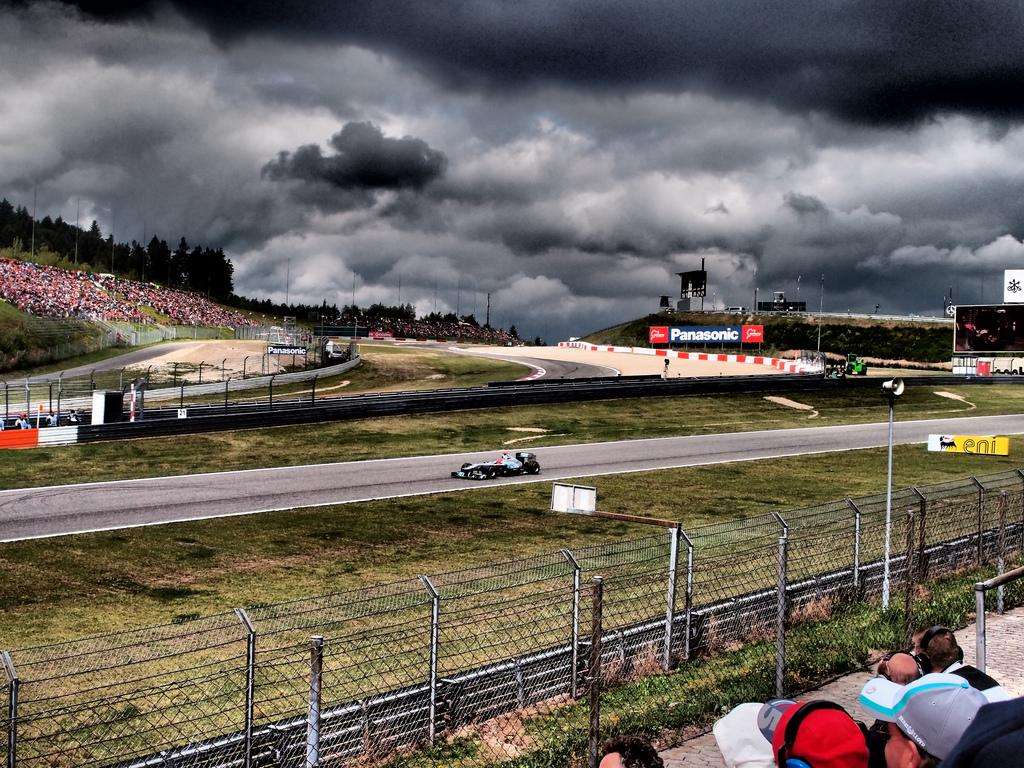
Nurburgring & Hockenheimring, German Grand Prix
- Type of track: Both permanent
- First race: 1927 (Nurburgring), 1970 (Hockenheimring)
- End of current F1 contract: 2019
- Long-term prospects: Since 2007, the German Grand Prix has been run on an alternating basis between the Nurburgring and the Hockenheimring. The Nurburgring has a fabled place in the history of Formula One racing, but the circuit owners have struggled financially in recent years with huge debts. These debts were recently guaranteed by the local government and the circuit is up for sale. Bernie Ecclestone has even recently suggested he is considering purchasing the iconic track! The history of Hockenheim stretches back to 1970, though like its compatriot circuit the Nurburgring, the current layout is very different from earlier incarnations. As a popular and important market for F1, the German Grand Prix, at whichever circuit it is hosted, is likely to remain part of the calendar so long as F1 goes racing.
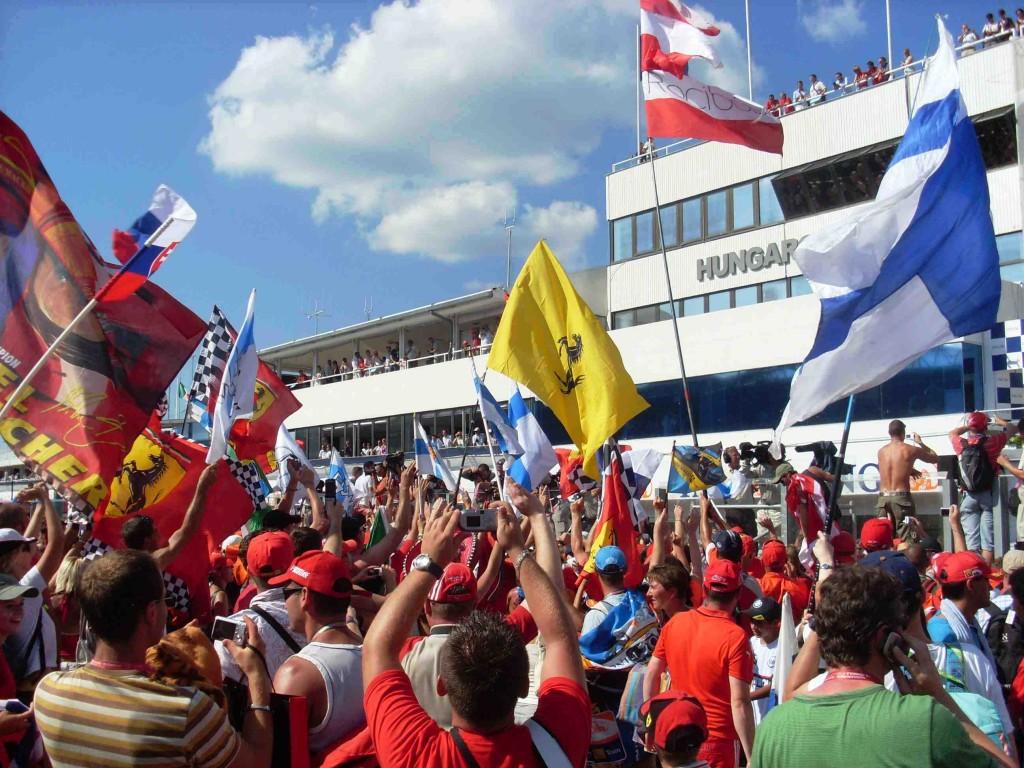
Hungaroring, Hungarian Grand Prix
- Type of track: Permanent
- First race: 1986
- End of current F1 contract: 2016
- Long-term prospects: A five-year contract extension is due to be signed at the 2013 race, which will see the race in Budapest remain on the calendar until at least 2021. The only race behind the old Iron Curtain is popular with fans and the F1 community and has good long-term prospects.
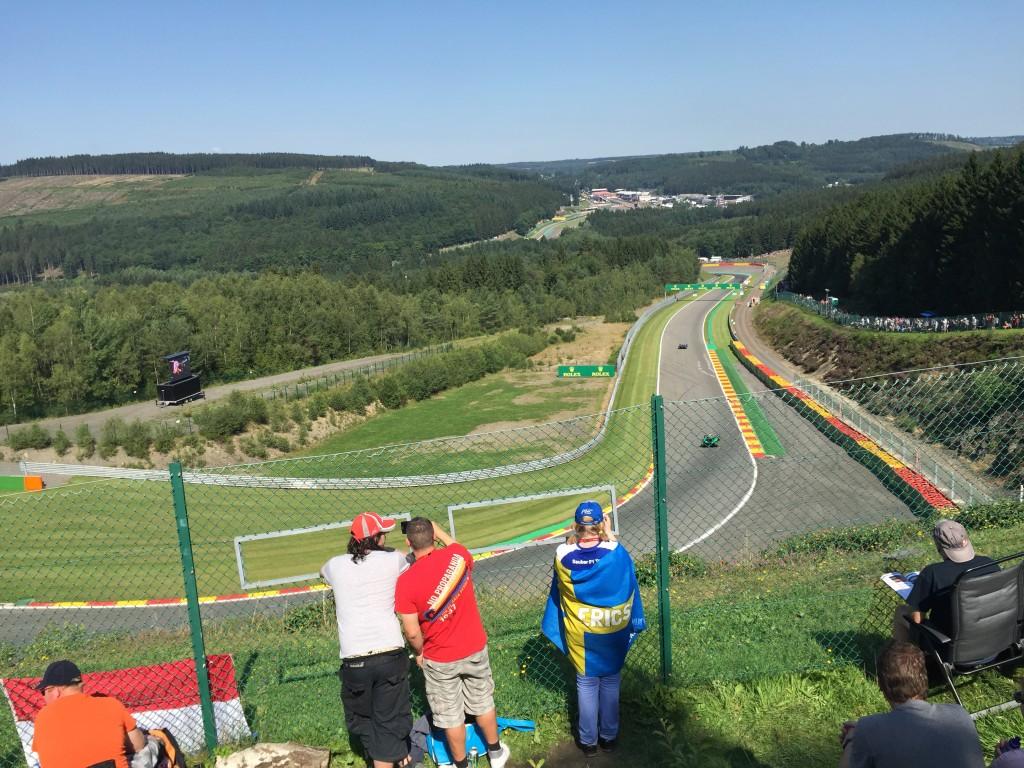
Spa-Francorchamps, Belgian Grand Prix
- Type of track: Permanent
- First race: 1925
- End of current F1 contract: 2015
- Long-term prospects: One of the remaining classic races, Spa has seen its place on the calendar threatened in recent years. The race was not held in 2003 and 2006, and the current contract extension was only signed for three years to 2015. Bernie Ecclestone has suggested the race could have to share a space on the calendar in future, possibly with a returning French race.
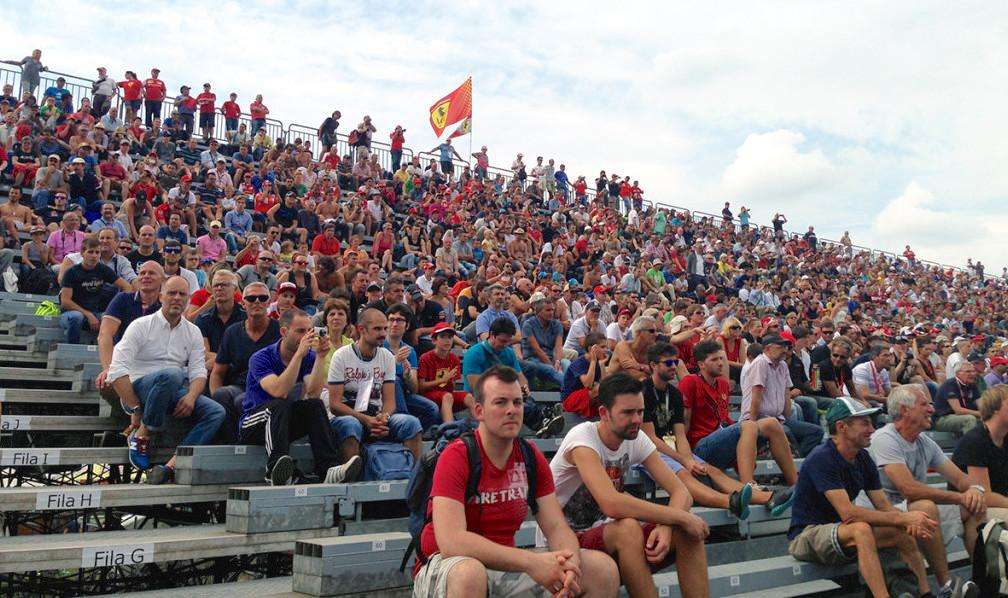
Monza, Italian Grand Prix
- Type of track: Permanent
- First race: 1921
- End of current F1 contract: 2016
- Long-term prospects: Monza is an iconic F1 circuit and one of the four remaining circuits still in use from the first F1 championship in 1950. Despite its rich history, the relentless push into new markets has seen some question the long-term prospects of the race, but it is unlikely that F1 will ever leave desert such an important venue.

Marina Bay, Singapore Grand Prix
- Type of track: Temporary Street Circuit
- First race: 2008
- End of current F1 contract: 2017
- Long-term prospects: The promoters of the Singapore street circuit, host to F1’s inaugural night race, initially signed a five-year contract to hold the race from 2008. A further five-year contract was signed in 2012, extending the race to 2017. Of the new Asian F1 races, Singapore is arguably the most popular and successful, and it has good prospects of remaining on the F1 calendar for many years to come.
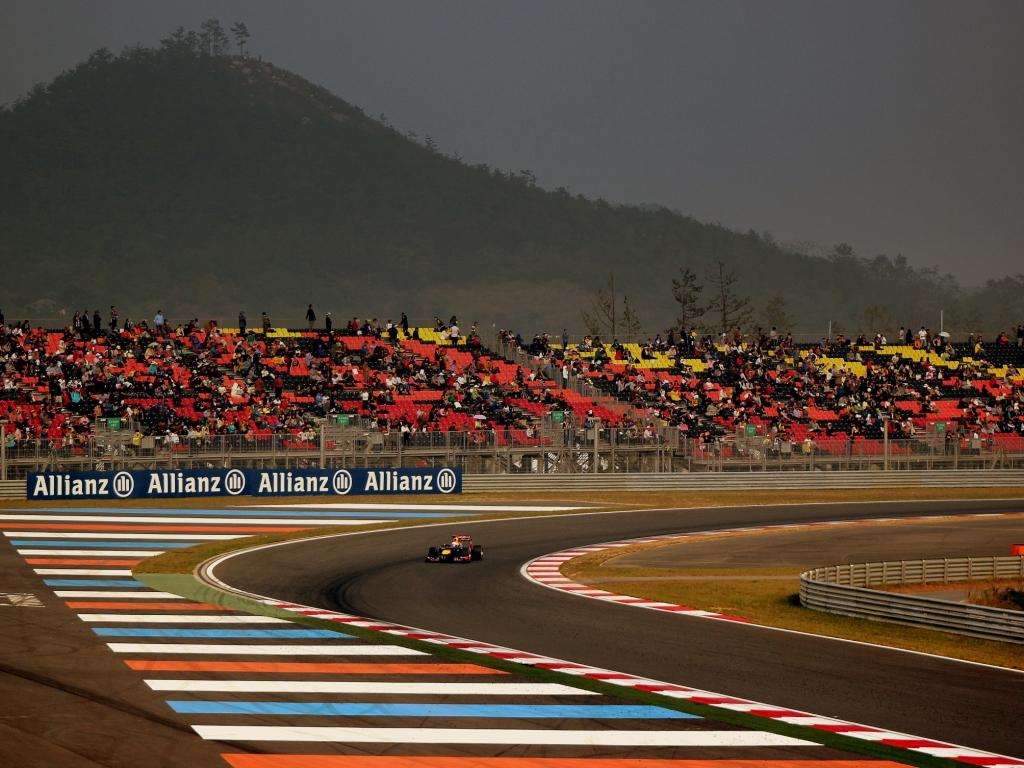
Yeongam, Korean Grand Prix
- Type of track: Permanent
- First race: 2010
- End of current F1 contract: 2016
- Long-term prospects: The Korean Grand Prix has not been a success to date. The organizers have lost a lot of money on staging the race and fans have not filled the stands. Each year since its inception, it has been dogged by rumours that the next race will be the last. However, in late 2012 it was reported that the organizers had managed to negotiate a lower staging fee from Bernie Ecclestone which will allow them to at least see out their contract to 2016. Beyond this, the long-term future of the Korean race is not assured.
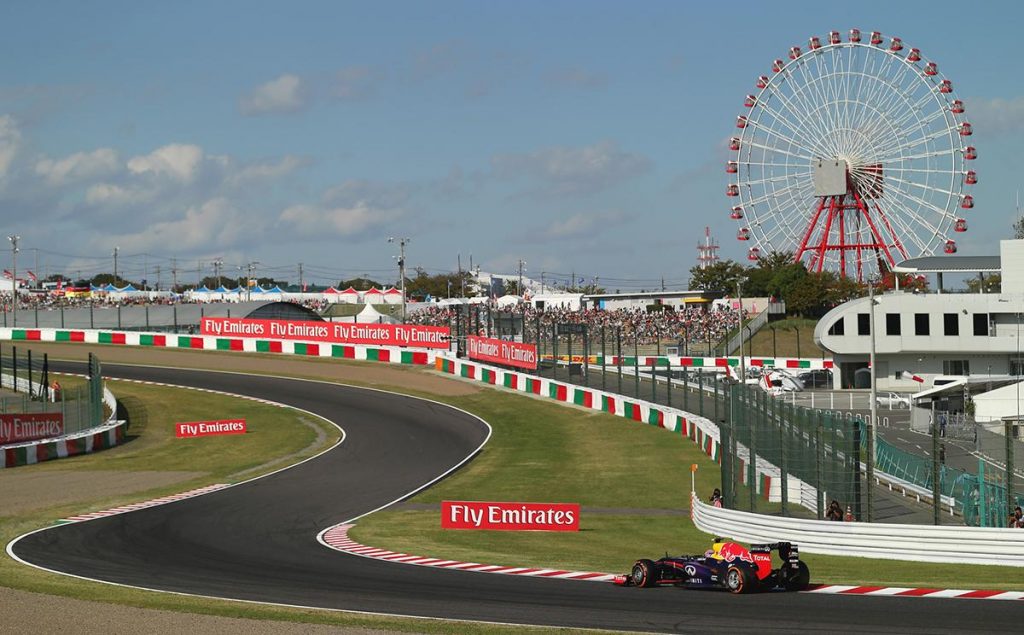
Suzuka, Japanese Grand Prix
- Type of track: Permanent
- First race: 1987
- End of current F1 contract: 2018
- Long-term prospects: Whilst not one of the longest standing F1 races on the calendar, the Suzuka circuit is widely regarded as being one of the best. Despite a chequered recent history which saw Suzuka (owned by Honda) lose the race to rival circuit Fuji (owned by Toyota) in 2007-2008, the Japanese race moved back to Suzuka and a five-year contract extension was recently signed.
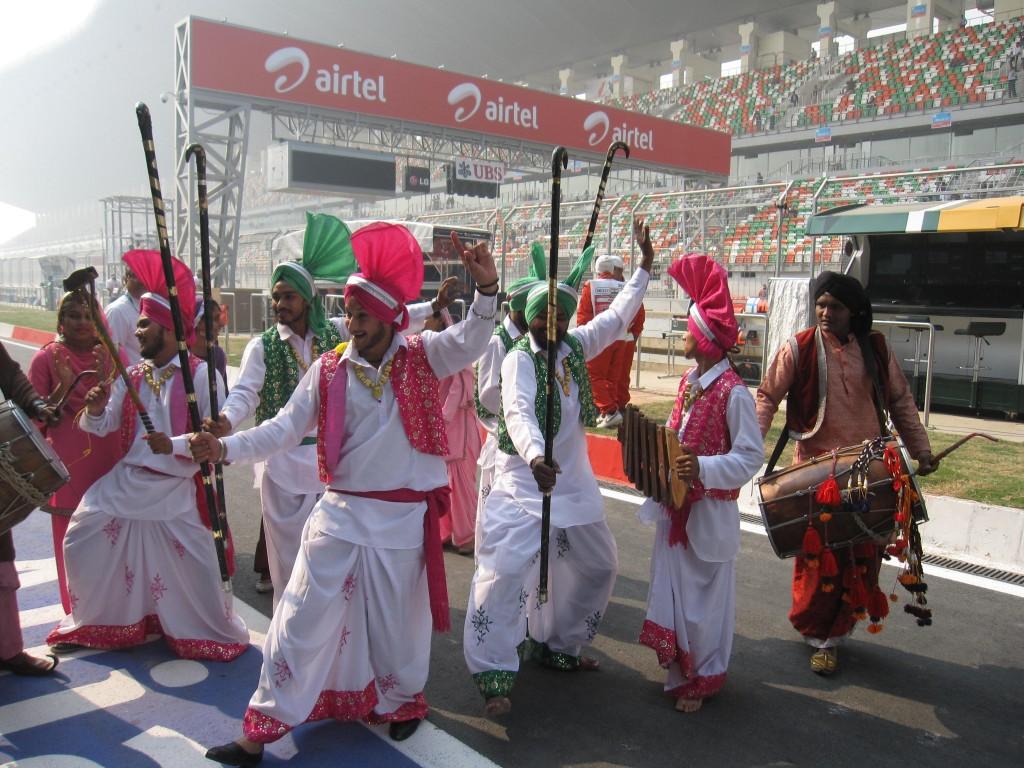
New Delhi, Indian Grand Prix
- Type of track: Permanent
- First race: 2011
- End of current F1 contract: 2015
- Long-term prospects: The newest race on the calendar has had teething problems, and spectator numbers dropped significantly for the second race in 2012. Recent news reports suggesting that the promoter has financial problems and will not be able to see out the current contract were categorically denied by the organizers. With such a large domestic market, F1 needs an Indian race and it can be expected that a race on the subcontinent will feature on the calendar for a long time to come.
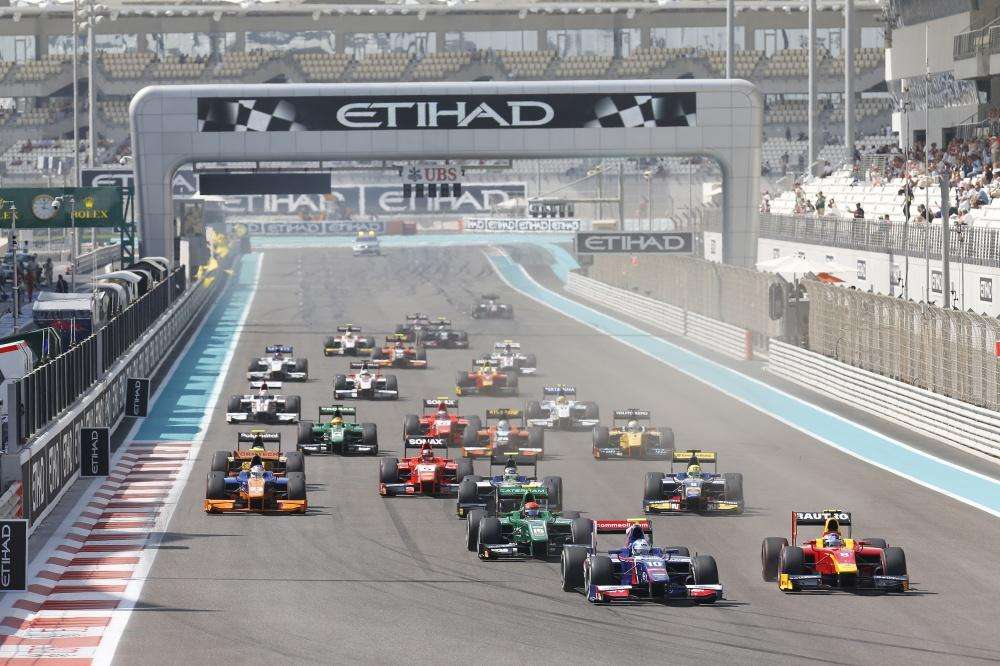
Yas Marina, Abu Dhabi F1 Grand Prix
- Type of track: Permanent
- First race: 2009
- End of current F1 contract: 2016
- Long-term prospects: Abu Dhabi has been a successful addition to the calendar in recent years and looks set for a long future in F1. The series only twilight race is held on an impressive circuit with excellent facilities and has proven popular with travelling fans and the F1 community.

COTA , United States Grand Prix
- Type of track: Permanent
- First race: 2012
- End of current F1 contract: 2021
- Long-term prospects: After a fraught gestation, the first race at the Circuit of the Americas outside Austin, Texas went ahead in November 2012. A success first time out, the race is set to remain a fixture on the calendar for the next ten years and is to be joined in 2014 by a second race stateside.
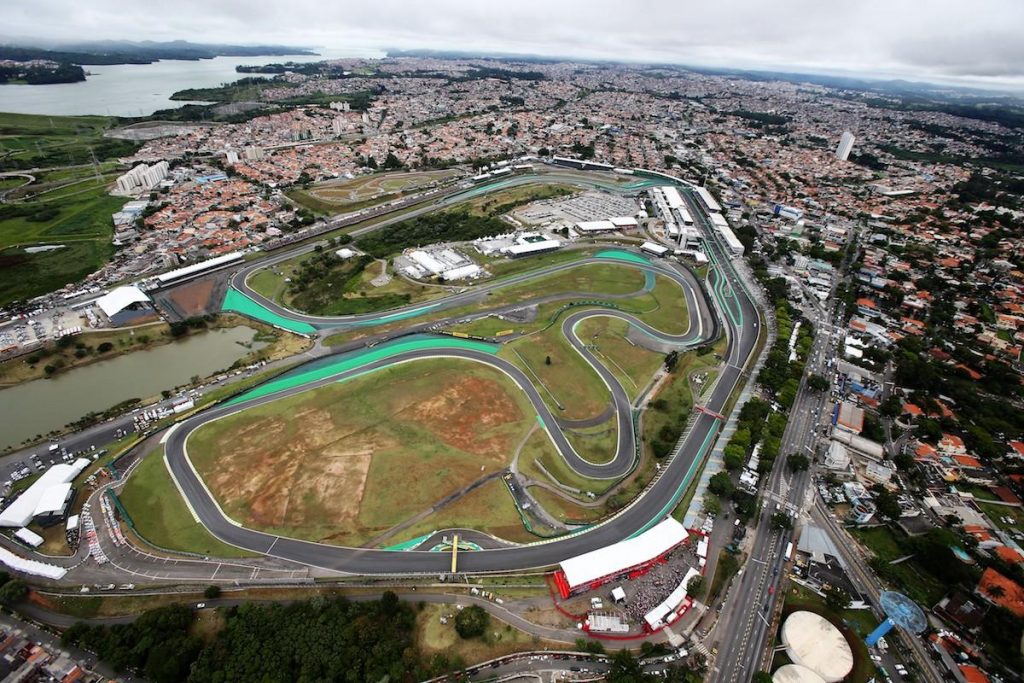
Interlagos, Brazilian Grand Prix
- Type of track: Permanent
- First race: 1972
- End of current F1 contract: 2015
- Long-term prospects: The famous Interlagos circuit has a strong F1 pedigree and has an uncanny ability to throw up surprising races. However, an extension of the current contract is dependent on the successful completion of a substantial upgrade of the circuit facilities to be undertaken before the end of the current contract.

Sochi, Russian Grand Prix
- Type of track: Permanent
- First race: 2014 (planned)
- End of current F1 contract: 2020
- Long-term prospects: A Russian race has been talked about for decades but is now close to reality as the construction of a new circuit in the winter capital of Sochi nears completion. The circuit is being built as part of an ambitious project which incorporates facilities for the Winter Olympics, which the city is hosting early in 2014. The race date is yet to be established, but is expected to be later in the 2014 season.

New Jersey, Grand Prix of America
- Type of track: Temporary Street Circuit
- First race: 2014 (planned)
- End of current F1 contract: 2031
- Long-term prospects: With a fifteen year contract said to have been signed in June of 2013, the long-term prospects for the New York race seem assured. However, there have already been delays to the race, which was supposed to be on the 2013 calendar, and it is too early to predict long-term success.
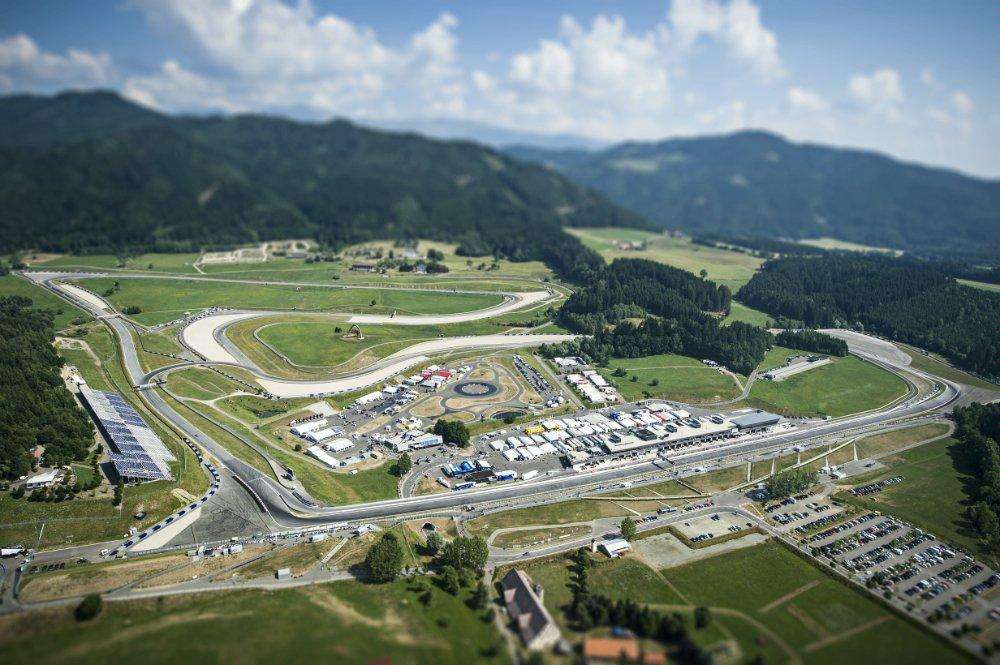
Red Bull Ring, Austrian Grand Prix
- Type of track: Permanent
- First race: 1970
- End of current F1 contract: 2020
- Long-term prospects: The owner of Red Bull, Dietrich Mateschitz has recently signed a seven year contract which will see F1 return in 2014 to the track which now bears the name of his energy drinks company. This historic track in Austria has undergone several incarnations and was last on the calendar in 2003. Mateshitz has stated that he received no special deal from Ecclestone on the race fee, and that he expects the race to lose money, but this will probably be small change to the Austrian billionaire whose company has benefited so much from his involved in F1.



